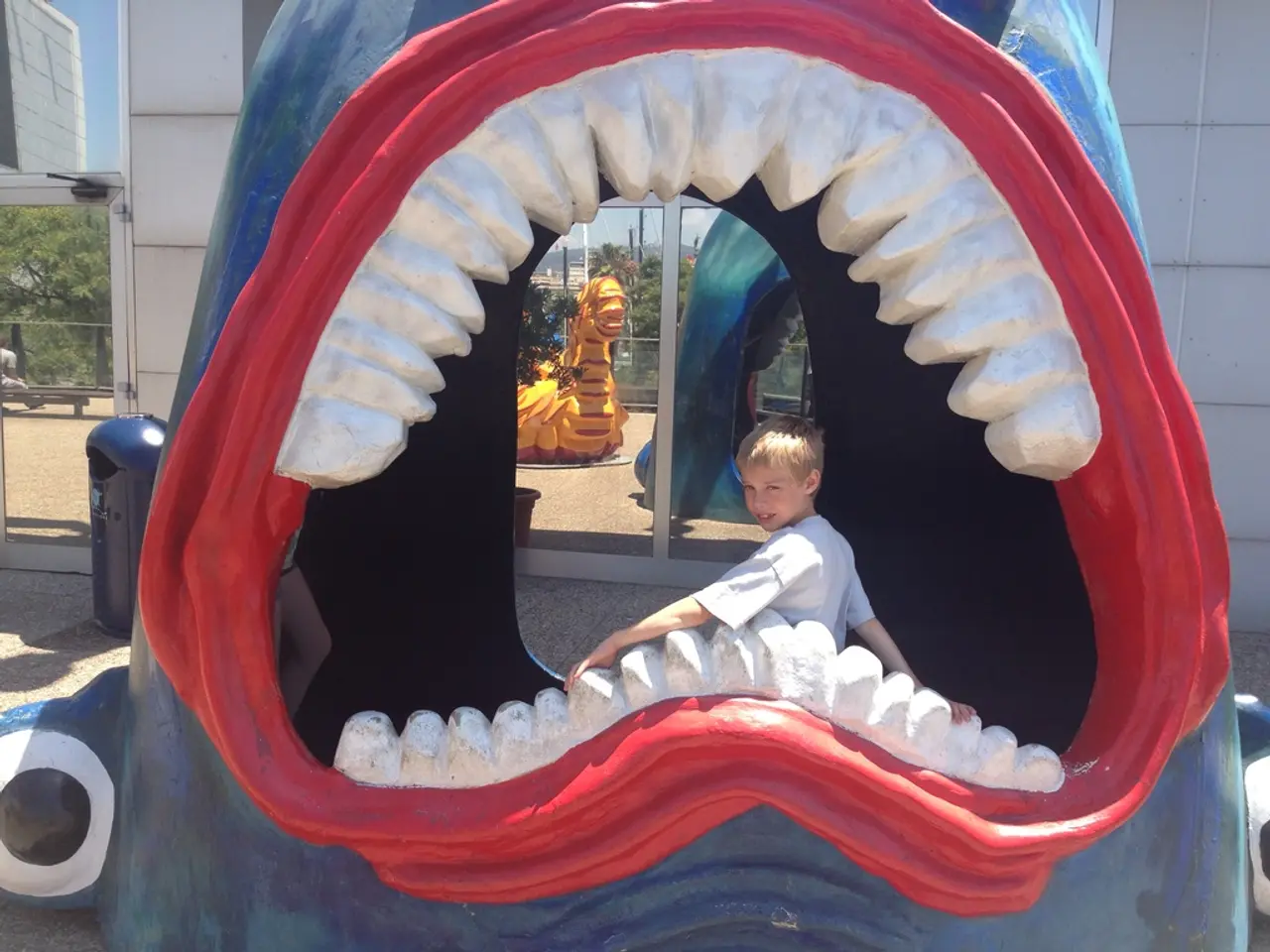Annual Health Report 2022 of Saarbrücken Region Stays Impacted by COVID-19
In the face of the significant impact of the Corona pandemic, the Health Department of the Regional Association of Saarbrücken has published its annual health report for 2022, offering insights into the changes and challenges that the region's population has faced over the past year.
One of the most concerning areas highlighted in the report is the health of children and young people. The pandemic has led to a rise in dental health issues among children in Saarbrücken and beyond, a trend that can be attributed to several factors.
Reduced access to dental care due to pandemic-related lockdowns and fear of virus exposure has caused minor problems to escalate. Changes in daily routines, such as school closures and social restrictions, have disrupted children’s oral hygiene routines, leading to increased tooth decay.
In addition, the increased consumption of sugary snacks and beverages during home confinement, due to boredom or stress, has contributed to dental problems. The pandemic-induced stress on families can indirectly affect children’s health behaviours and immunity, further exacerbating the issue.
The report provides numerous information services and a campaign for free drinking water, as well as a model project "Healthy in Heat in the Neighborhood" launched in cooperation with community work in Saarbrücken. The project aims to address the psychosocial problems attributed to loneliness and fears that have been on the rise, particularly among the elderly.
The Health Department conducted over 3,000 school entry examinations on children in 2022, with results indicating serious developmental deficits compared to pre-Corona years. Furthermore, around 1,850 addiction consultations were conducted, with nearly half of these cases involving alcohol and cannabis addiction.
While the severity of the Corona disease decreased in later waves of 2022, the long-term effects of the pandemic are evident, particularly concerning is the dental health of children. Particularly alarming is the fact that 38% of six to seven-year-olds have an average of two carious teeth, with 14% of children classified as high-risk patients due to six or more carious teeth.
To obtain precise data and targeted interventions for Saarbrücken, local health authorities, dental associations, or research institutions would need to conduct surveys and studies. In the meantime, the report serves as a call to action for public health campaigns, improved access to care, school programs, and support for families to address these issues and promote oral hygiene and regular dental check-ups.
- The report from the Health Department of the Regional Association of Saarbrücken, focusing on health-and-wellness, highlighted the significant increase in dental health issues among children, a concern attributed to climate-change-related lockdowns and reduced access to dental care.
- To combat the rise in dental health issues, the report proposes public health campaigns, including a model project called "Healthy in Heat in the Neighborhood," aimed at addressing psychosocial problems and promoting mental-health among children and the elderly.
- The report also sheds light on nutrition, revealing an increase in consumption of sugary snacks and beverages during home confinement, contributing to deteriorating dental health among children.
- In addition to dental health, the report emphasizes the importance of environmental-science and fitness-and-exercise in maintaining overall health, as long-term effects of the pandemic continue to emerge, particularly concerning the high numero of children with multiple carious teeth.




